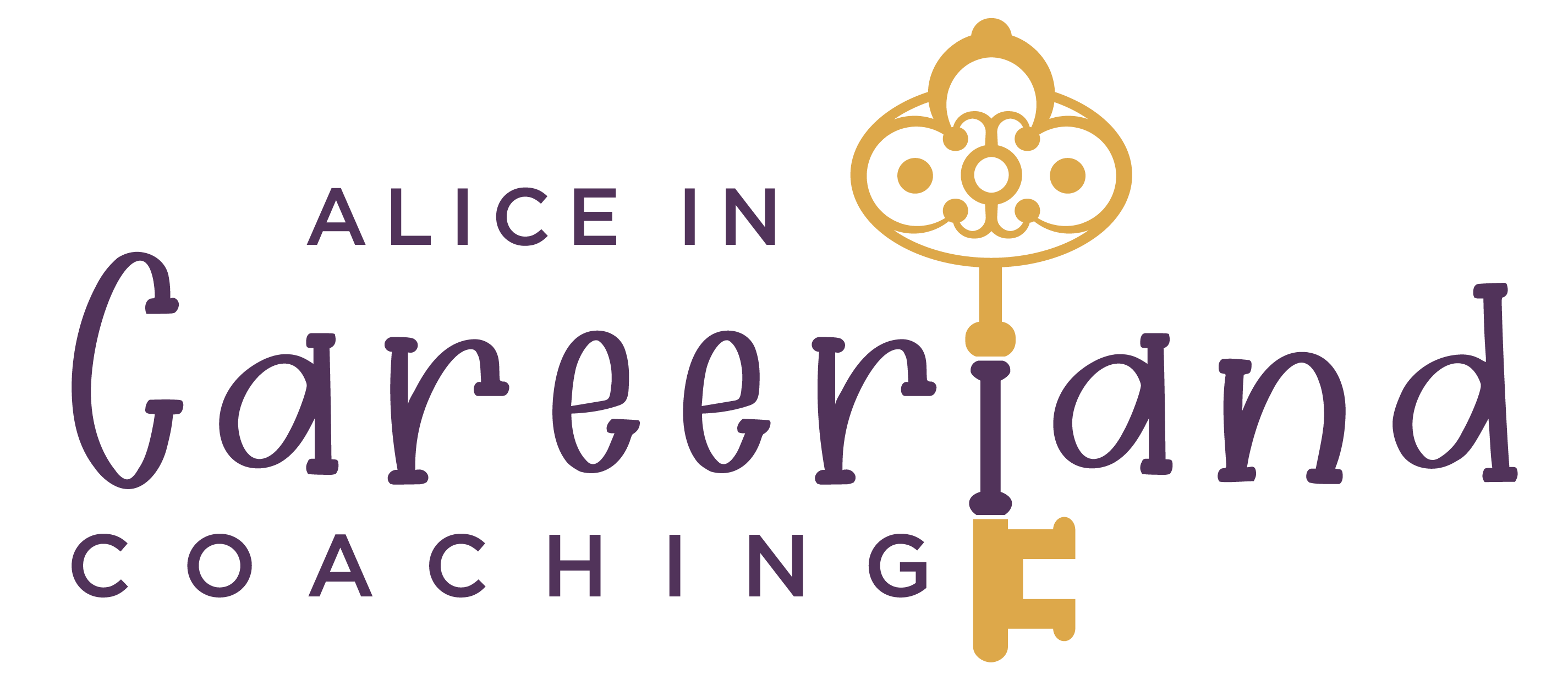Navigating Employment Gaps: A Springboard, Not a Pitfall
Employment gaps, or periods of time when one was not employed, can be a cause of concern for job seekers. However, remember that most hiring managers understand that people have diverse career paths and circumstances and what matters most is how you handle these gaps on your CV and in interviews. This article will provide practical tips and examples on effectively explaining employment gaps.
Be Honest
Honesty is always the best policy when it comes to explaining employment gaps. Trying to hide or manipulate dates to cover up employment gaps could lead to trust issues if discovered.
Example: If you were unemployed for a year due to personal reasons, you can state this directly: “From June 2022 to July 2023, I took time off from professional employment to handle personal matters. I am now fully prepared and eager to return to work.”
Highlight Constructive Activities
If you’ve used your time away from work to pursue further education, volunteer, learn new skills, or work on personal projects, be sure to highlight these. This can demonstrate a commitment to self-improvement and personal growth even during periods of unemployment.
Example: “During my career break from May 2023 to November 2023, I completed a project management certification course to enhance my skills in this area.”
Use Your Cover Letter
Your cover letter provides an excellent opportunity to address an employment gap. You can use this space to proactively explain your situation in a positive and constructive way.
Example: “You may notice a gap in my employment history from April 2022 to October 2022. During this time, I took the opportunity to travel, which allowed me to broaden my cultural awareness and develop my problem-solving skills. I’m confident that these experiences have equipped me with a unique perspective that I can bring to the role.”
Format Your CV Strategically
Consider using a functional or skills-based CV format, which highlights your skills and experiences rather than providing a chronological work history. This can help draw the focus away from any employment gaps.
Example: Instead of listing your experiences chronologically, categorize them under relevant skill headings such as “Project Management Experience,” “Sales Experience,” “Leadership Experience,” etc.
Be Prepared to Discuss During Interviews
Employers might bring up the topic during an interview, so be prepared to discuss it confidently and positively. Frame your response in a way that shows you’re ready and excited to return to work.
Example: If asked about a gap during an interview, you might say, “I took some time off to focus on my family, but during that time, I also took an online course in data analytics to keep my skills sharp. I’m excited to bring those new skills to a professional setting.”
Conclusion: Gap? What Gap?
While an employment gap might seem like a glaring flaw on your CV, with the right approach, it can be effectively managed and might even turn into a strength. The key is to remain honest, stay positive, and make sure to highlight your growth and learning during the gap. After all, it’s not just about where you’ve worked – it’s about who you are as a professional and what you’ve learnt along the way. So, next time you come across an employment gap on your CV, don’t see it as a pitfall – consider it a springboard for showcasing your resilience, growth, and adaptability.
Need a resume makeover? Get in touch!

